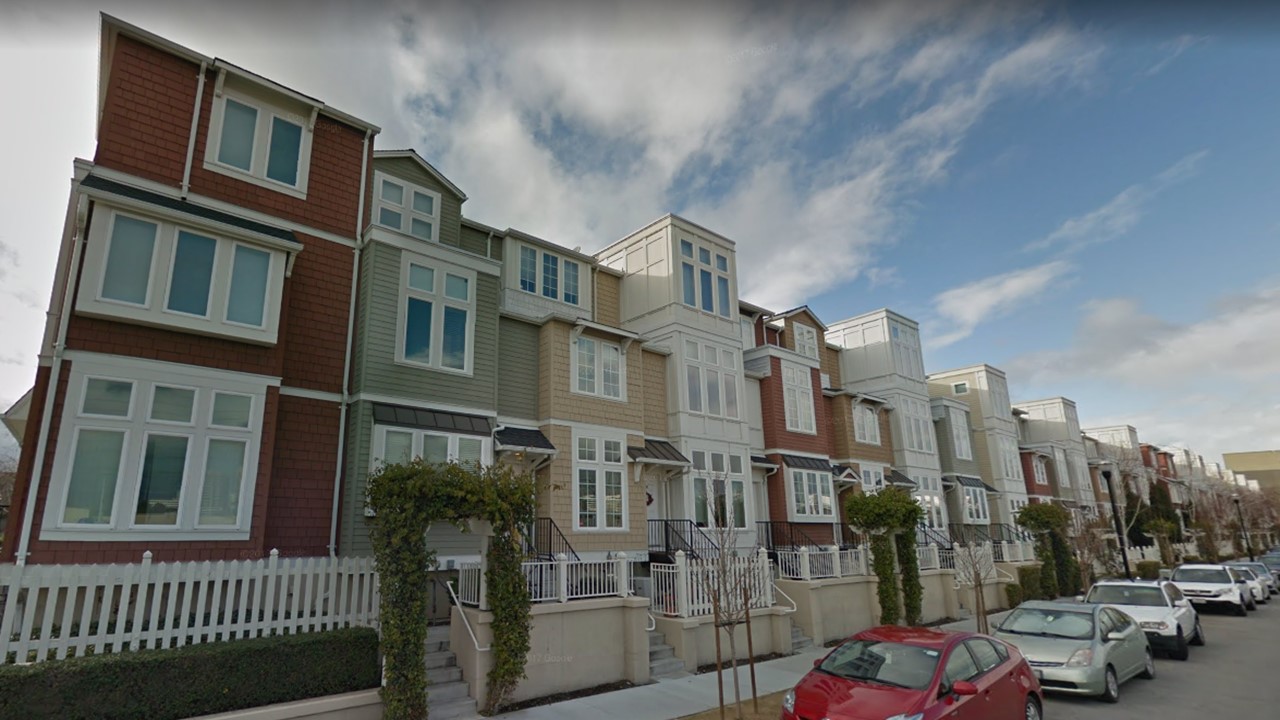Determining the precise amount of housing needed is challenging, as it must include not only future housing need but also existing housing need. The most recent RHNA allocation assigns Santa Clara County’s jurisdictions a total of 129,577 homes, spread over four levels of affordability, that will need to be permitted between 2023 and 2031. According to the National Low Income Housing Coalition, Santa Clara County needs a total of 54,148 new affordable rental homes, including a 40,550 at or below ELI simply to meet existing need.
RHNA Progress as of December 2020
Unfortunately, many cities and counties regularly fall short of their RHNA targets, as the Bay Area’s housing crisis continues to grow. Each spring, jurisdictions are required to provide an Annual Progress Report to show how effective their efforts have been in achieving housing development targets by income level. You can view the progress of your local jurisdiction on our Cities & Public Agencies pages, or view a table that compares the RHNA progress of all the Santa Clara County jurisdictions. You can also view a series of graphs that compares cities’ RHNA progress by income level. Ensuring cities and counties are creating well-planned, feasible Housing Elements is key to ensuring affordable housing targets are met.
Important Information to Know
Jurisdictions are required by both the State and federal governments to regularly assess their housing needs and develop plans in response.
Housing Elements
The County and its 15 cities are required by California State Law to adopt a Housing Element as part of their General Plan (California Government Code Sections 65580-65589) to identify local housing needs and to plan to accommodate their fair share of the regional housing need. To determine fair share, each jurisdiction receives a Regional Housing Need Allocation (RHNA), which identifies the total number of housing units that it must plan for in its Housing Element broken down by income level. Among other things, the Housing Element must:
- Include goals, policies, quantified objectives and programs to preserve, improve, and develop housing
- Identify and analyze existing and projected housing needs for residents at all income levels
- List adequate sites that are zoned and available within the seven to eight-year housing cycle that meet the jurisdiction’s fair share of regional housing needs
The current Housing Element planning period is January 1, 2015 to October 31, 2023. All Bay Area jurisdictions are beginning work on their Housing Elements for the 2023-2031 planning cycle, which are due to HCD in January 2023.
Consolidated Plans
As a condition of federal funding, the U.S. Department of Housing and Urban Development (HUD) requires states and local governments to regularly assess their housing and community development needs, and to develop a detailed five-year action plan. Each year, jurisdictions must complete Annual Action Plans that detail the actions and activities planned, and the federal and non-federal resources that will be committed to address priority needs. Grantees must report out on Consolidated Plan accomplishments annually in a Consolidated Annual Performance and Evaluation Report (CAPER).
Additional Resources
- National Low Income Housing Coalition: “The Gap: A Shortage of Affordable Rental Homes,” 2021
- California Housing Partnership: Santa Clara County Affordable Housing Needs Report, 2021
- Joint Venture Silicon Valley: 2021 Silicon Valley Index, 2021
- Center for California Real Estate and Terner Center: Housing Policies in California Cities: Seeking Local Solutions to a Statewide Shortfall, 2019
- Santa Clara County Grand Jury Report: Density is our Destiny, June 2018
- California Housing Element Statute (California Government Code Sections 65580-65589)
- California Department of Housing and Community Development: Regional Housing Needs Allocation and Housing Elements
- U.S. Department of Housing and Urban Development: Consolidated Plans

